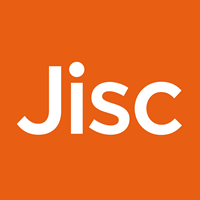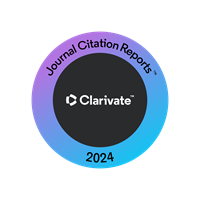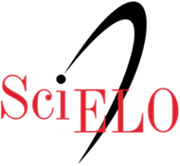<b>Gherkin cultivation in saline medium using seeds treated with a biostimulant
Abstract
The objective of this study was to evaluate the effects of a biostimulant on gherkin seeds, cultivar Liso de Calcutá, under conditions of salt stress. A split-plot experimental design with five replications was used; the main plot was represented by two levels of irrigation water salinity (0.5 and 3.5 dS m-1), and the subplot was composed of five biostimulant doses applied as a seed treatment (0, 5, 10, 15, and 20 mL kg-1). The following variables were evaluated: the number of leaves; number of branches; length of the largest branch; leaf, stem, fruit and total dry matter; number of fruits; average fruit weight; and fruit production. The values of all analyzed variables decreased with an increase in irrigation water salinity regardless of the biostimulant dose, but in the absence of salt stress, biostimulant use led to an increase in the number of leaves and branches, the length of the largest branch and biomass accumulation. Biostimulation was not effective in reducing the effects of salinity on gherkin production, but it increased fruit production regardless of the salinity level.
Downloads
DECLARATION OF ORIGINALITY AND COPYRIGHTS
I Declare that current article is original and has not been submitted for publication, in part or in whole, to any other national or international journal.
The copyrights belong exclusively to the authors. Published content is licensed under Creative Commons Attribution 4.0 (CC BY 4.0) guidelines, which allows sharing (copy and distribution of the material in any medium or format) and adaptation (remix, transform, and build upon the material) for any purpose, even commercially, under the terms of attribution.




















































